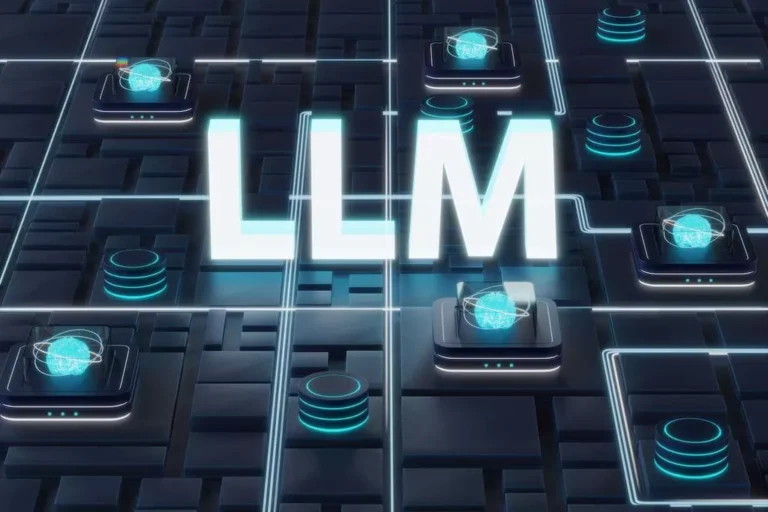Cloud Vs Distributed Computing: Benefits, Challenges, And Use Instances Industrial Iot Information Platform
Maintaining sensitive knowledge inside an area network reduces exposure to cyber threats and ensures compliance with trade laws. If one node goes down, the system can still perform with minimal disruption. Uncover the hidden costs of scaling generative AI and be taught https://www.globalcloudteam.com/ from consultants tips on how to make your AI investments more environment friendly and impactful. See how top data integration platforms are enabling resilient, scalable, and hybrid-ready infrastructures for tomorrow’s enterprise.

Hyperscale Computing – Load Balancing For Giant Quantities Of Knowledge
It makes a pc network seem as a powerful single computer that gives large-scale sources to deal with advanced challenges. In a nutshell, we will say that distributed techniques have a significant impact on our lives. On the optimistic aspect, they permit us to entry data and assets from anywhere. However, there are challenges, significantly in terms of safety and complexity. These systems can be weak to assaults and may be tough to manage and troubleshoot. Total, while distributed systems supply many advantages, they also come with their share of drawbacks and it’s necessary to listen to both.
Examples embrace the Large Hadron Collider, the world’s strongest particle accelerator. The experiments behind it rely upon excessive quantities of knowledge collection and analysis, requiring the use of distributed computing. Similarly, distributed computing served the identical what is distributed computing purpose for the Human Genome Project, because it got down to map human DNA sequences.
Scalability & Flexibility
In reality, our request went to a quantity of (100+) servers that collaborated to serve us. You’ll notice that a greater approach would be to separate the task into a quantity of subtasks which are then assigned to separate machines that work independently of each other. At its core, distributed computing can be considered a collective effort. Unlike conventional computing, which relies on a single central machine to execute duties, distributed methods distribute the workload across a community of interconnected nodes. This strategy not only enhances processing capabilities but also introduces resilience towards failures and bolsters the ability to deal with bigger workloads.
The pay-as-you-go mannequin reduces costs, particularly for small and mid-sized companies. Scale assets up or down as wanted, avoiding over-provisioning and reducing prices. If you want more processing energy throughout peak production, merely allocate more cloud sources. In this article, we’ll break it down and reduce through the buzzwords to explore the pros, cons, and practical functions of cloud and distributed computing. The manufacturing facility ground isn’t just a maze of whirring machines anymore; It’s a fast-moving community of linked gadgets churning out huge quantities of information. Tapping into this data is the important thing to boosting efficiency, enabling predictive maintenance, and making manufacturing more agile.

With the appearance of container-based utility deployment, this idea gained higher traction and underwent significant enchancment. Without the expense of a separate operating system, containers can operate equally to virtual machines. The two most widely used systems for setting up containers are Docker and Kubernetes. They allow communication between services which might be operating in containers as well as the flexibility to run in large clusters.
Cost-effectiveness arises because distributed computing makes use of present hardware assets which may otherwise be underutilized. As An Alternative iot cybersecurity of investing in a single, powerful computer, organizations can use a quantity of less expensive machines. Distributed computing refers to a system the place multiple computer systems (or nodes) work collectively to resolve a problem.
- A single drawback is split up and every part is processed by one of the computing items.
- Distributed techniques play a significant function in efficiently processing and analyzing data streams from sensors and clever gadgets.
- Every computer within the distributed system has its own processing power.
Adding nodes is relatively cheap in comparability with upgrading a centralized system. The pooling of computing power across a quantity of machines leads to accelerated and more efficient processing of advanced duties. This enhanced processing capability enables quicker information analysis, simulations, and computations. Industries can leverage this energy to sort out large-scale issues and achieve sooner outcomes, paving the means in which for groundbreaking developments.

Though these centralized methods, such as IBM Mainframes, have been in use for a few years, they are starting to go out of favor. This is due to the truth that, given the expansion in knowledge and workloads, centralized computing is each expensive and inefficient. The system is put beneath an incredible amount of pressure when a single central computer is in management of an enormous number of computations directly even whether it is an particularly potent one. Large amounts of transactional data should be processed, and tons of online users should be supported, simultaneously. When you don’t have a disaster recovery plan, all your knowledge might be misplaced forever if your centralized server crashes. Fortunately, distributed computing provides solutions to many of those problems.
It turned essential to ascertain a single component to use these options on high of the API somewhat than offering these capabilities at every API individually. The evolution of the API management platform was pushed by this demand, which is now recognized as one of many elementary elements of all distributed methods. This was an inexpensive plan, but it wasn’t the greatest one by means of how the host computer’s resources would be used. Oracle Virtualization, Microsoft Hyper-V, and VMWare Workstation are the several types of virtualization that are now accessible.
This system depends on 1000’s of individual computers (or nodes) to course of requests. When you request a experience, your pc sends a sign to the closest node, which then forwards it to the next closest node until it reaches the motive force. This system is extremely efficient and permits journey sharing firms to offer their services in hundreds of cities all over the world. It permits firms to construct an reasonably priced high-performance infrastructure using cheap off-the-shelf computer systems with microprocessors as a substitute of extremely costly mainframes. Giant clusters may even outperform individual supercomputers and handle high-performance computing tasks that are advanced and computationally intensive.

